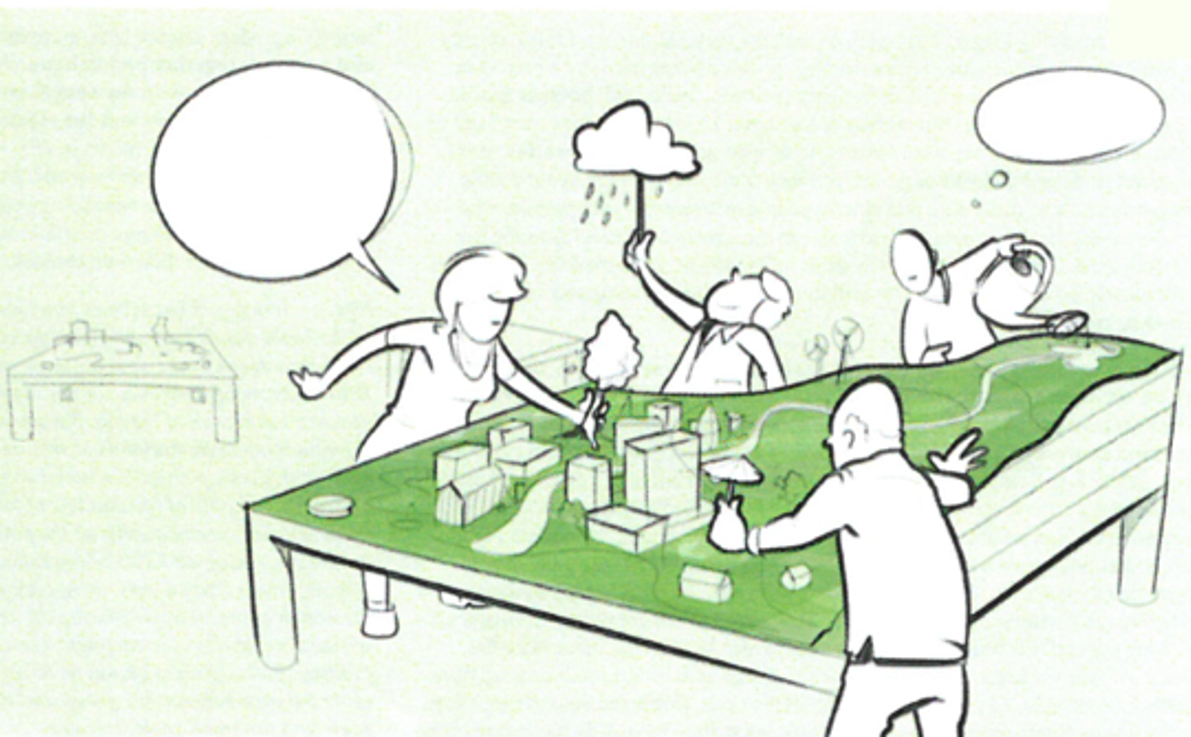
Driver for Change III: Reinventing Nature in the City
- Fri, 26/04/2019
Background
The future is unpredictable and elusive. Recent changes in technology, ecology, economics and society have already led to significant changes. The expectation is that the complexity that people and organisations experience will only increase further in the years ahead. A number of current Drivers for Change will lead to radical changes in the future. Therefore, we need a new way to visualise the future, with all the opportunities and challenges that it will bring – an approach that is creative, imaginative and research-oriented. Even though we can’t predict the future, we can create a range of possible context-related future scenarios. These desired scenarios will direct our decision-making, from short-term actions to long-term consequences. In the UNaLab project, the Future Telling research method was used to develop possible, context-related future scenarios in a creative, imaginative way.
Through an analysis of interviews with a broad spectrum of experts on climate and water resilience and nature-based solutions, five Drivers for Change for the future of climate and water resilient cities in 2050 were identified. This blog post will present the third Driver for Change: Reinventing nature in the city.
Driver for Change III: Reinventing nature in the city
In 2050, designing cities for a high quality of life has reached a new level. We revalue our European heritage of designing cities on a human scale, with places that satisfy the wish for both enjoyment and beauty by benefiting fully from their local contexts. For example, by providing a hilltop park with an attractive sunset view or by creating a green riverside boulevard. The overall city planning is based on a holistic vision of healthy and enjoyable living environments. Here, green spaces serve as 'lungs' and 'air conditioners', and water as 'arteries'. Natural solutions are used to offer people comfort - for example with trees providing shade in warm regions and green areas with ponds to collect rainwater in wet regions. Urban spaces, squares and boulevards are combined with green and water to create pleasant places that are also resilient to extreme weather events. Green areas in each neighbourhood allow recreation in peoples' own surroundings, and connected green areas - such as gardens, urban forests and parks - make it easy for pedestrians and cyclists to move around the city. The transformation towards cities that embrace nature is driven by citizens themselves, who want to implement solutions they have enjoyed in other places.